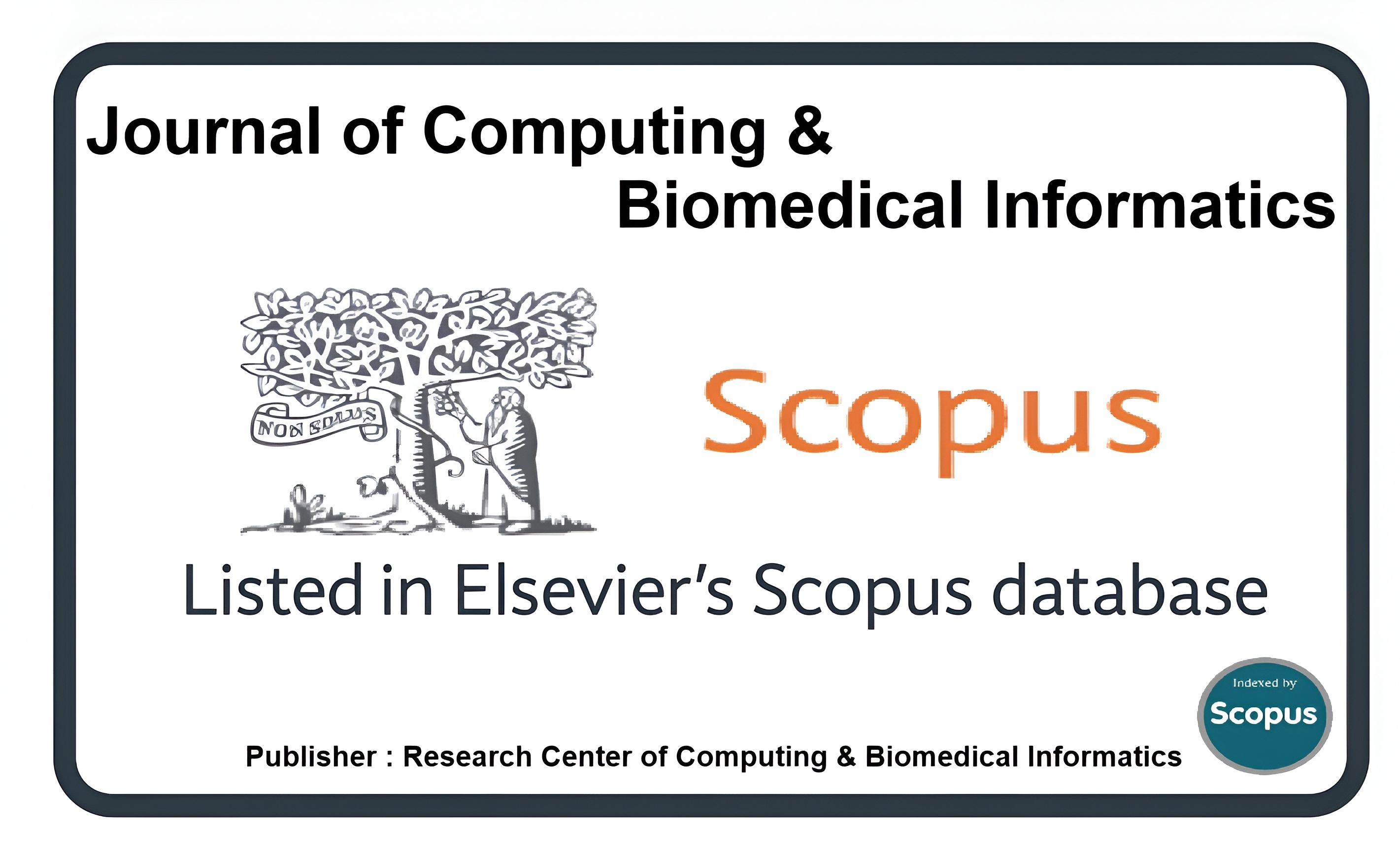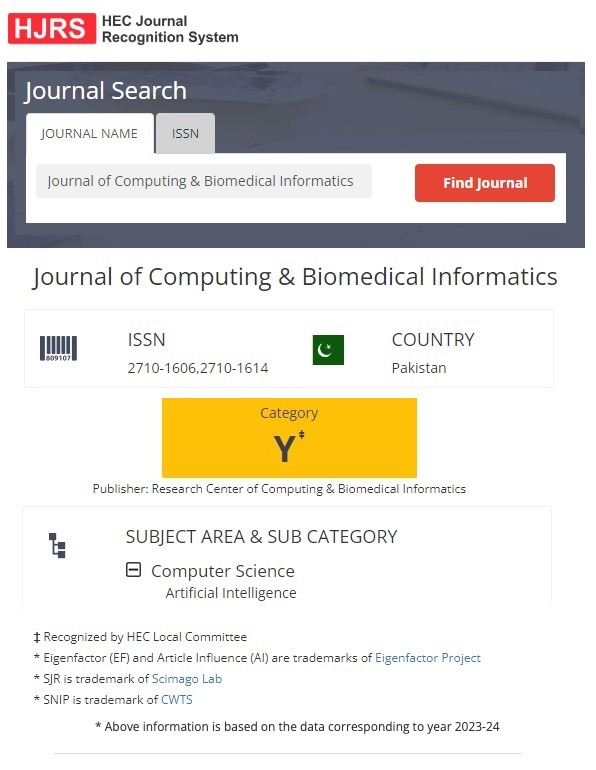Predictive Modeling of Chronic Kidney Disease Using Extra Tree Classifier: A Comparative Analysis with Traditional Methods
Keywords:
Chronic Kidney Disease, Machine Learning, KNN, Decision Tree, Random Forest, XgBoost, Extra TreeAbstract
With a high prevalence of morbidity and death, chronic renal illness is a major global health concern. Conventional diagnostic methods frequently miss the disease until it has grown to an advanced stage, despite the fact that prompt diagnosis and treatment can greatly improve patient outcomes. This work suggests a unique method for utilizing machine learning (ML) algorithms to identify kidney sickness, which might offer a solution to this urgent healthcare problem. One of the many industries where machine learning—a subset of artificial intelligence—has demonstrated great potential is healthcare. Due of its capacity to make predictions and Take note of the data, it is a useful tool for predicting illnesses. This study uses a variety of clinical indicators along with machine learning methods to predict when chronic kidney disease (CKD) will manifest. The proposed model uses a dataset comprising numerous patient records with various attributes. These attributes are used as input features for the machine learning algorithm. The target variable is the presence or absence of chronic kidney disease. A number of machine learning algorithms are used, and their performances are contrasted, including KNN, Chronic Kidney Disease, Machine Learning, Gradient Boosting Classifier, Ada Boost Classifier, Random Forest Classifier, XgBoost, Cat Boost, and Extra Trees Classifier. To assess each algorithm's predictive accuracy, sensitivity, specificity, and other performance metrics, a subset of the dataset is used for training, and afterwards the algorithm is tested using untested data. The findings show that machine learning algorithms, some of which are more accurate than others, can predict chronic kidney disease. According to these results, machine learning may prove to be a useful tool in the early diagnosis of chronic kidney disease, allowing for prompt intervention and maybe leading to better patient outcomes.
Downloads
Published
How to Cite
Issue
Section
License
This is an open Access Article published by Research Center of Computing & Biomedical Informatics (RCBI), Lahore, Pakistan under CCBY 4.0 International License





